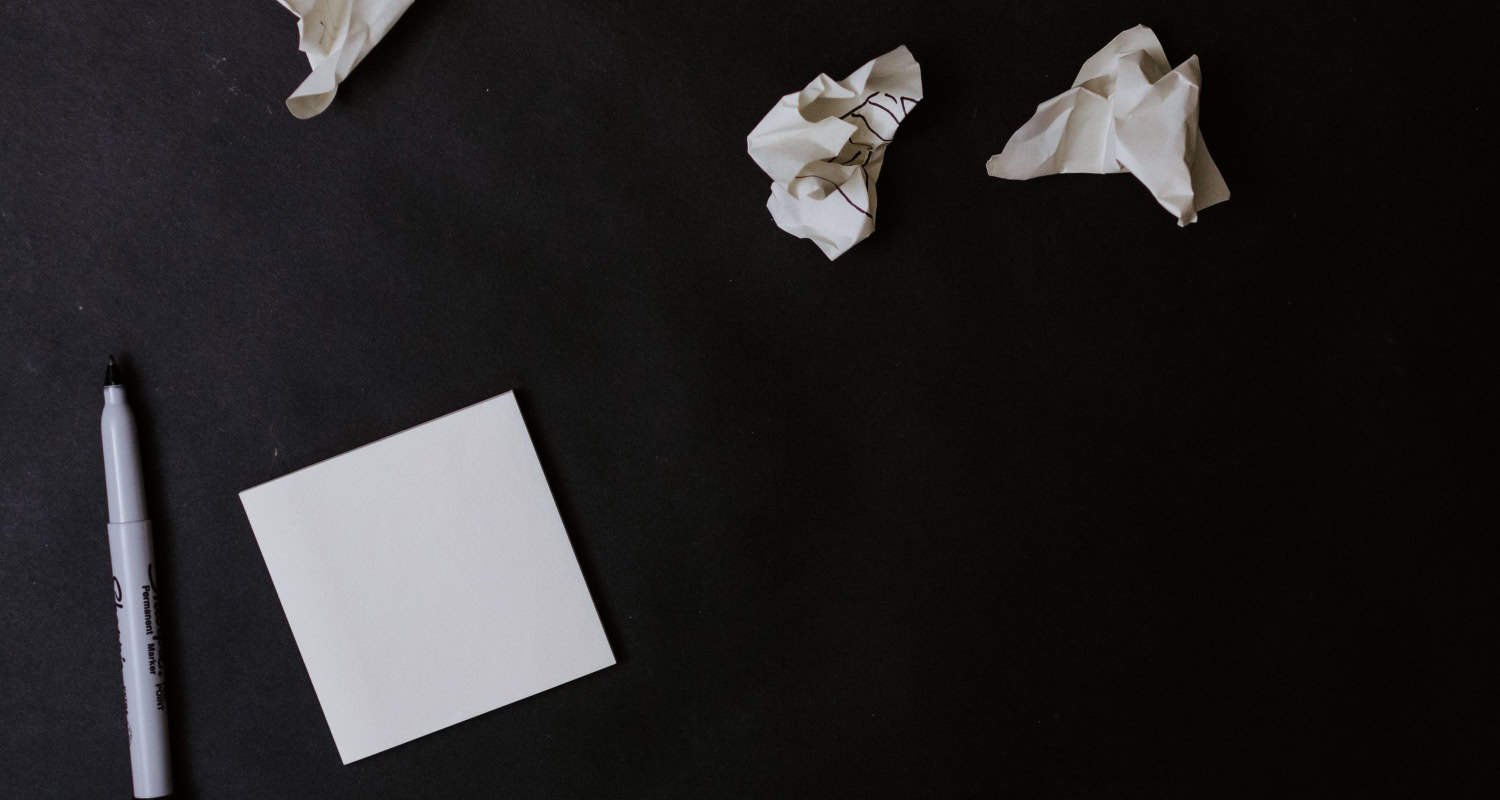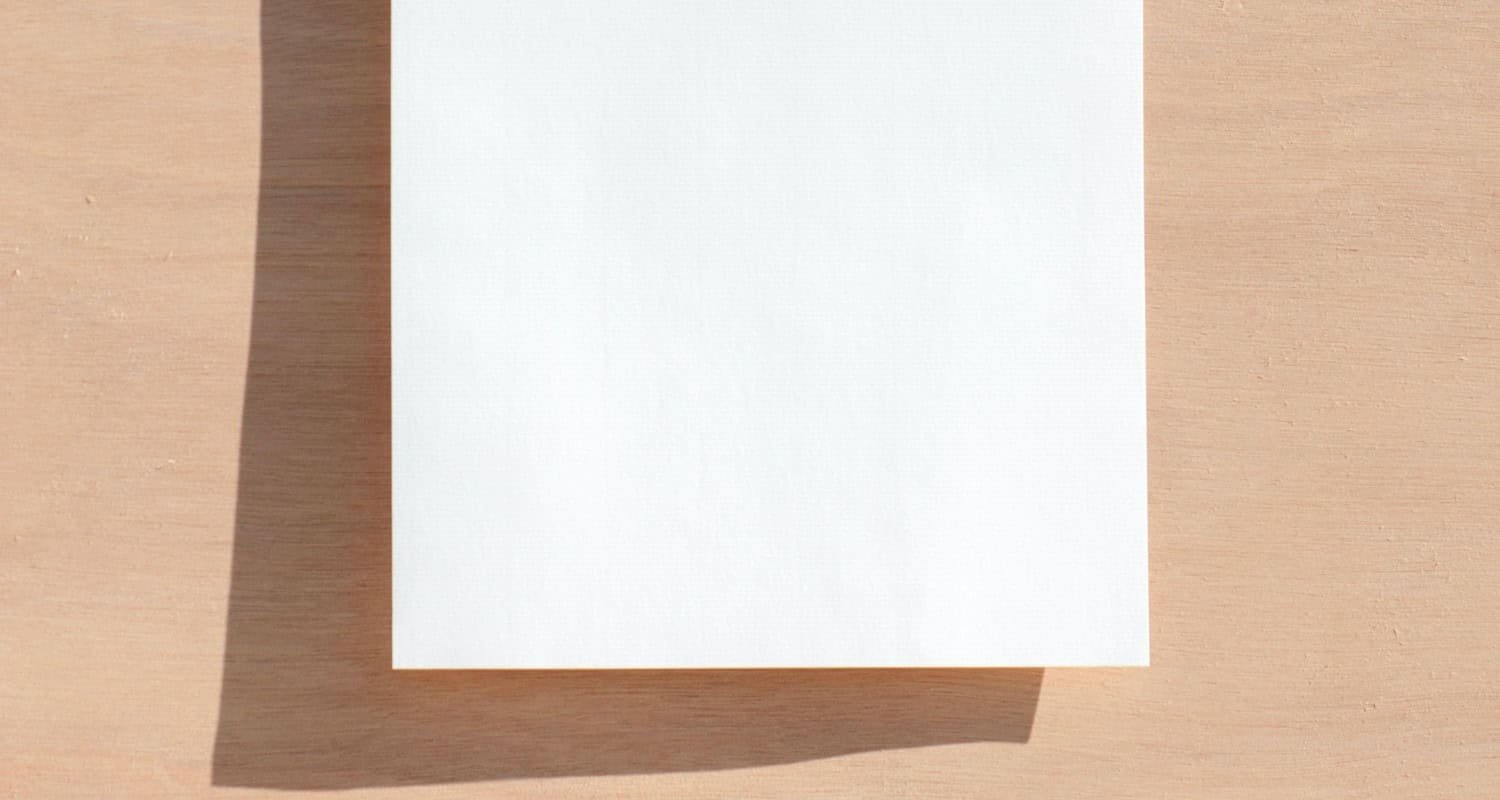This article is about Paper Shade, Whiteness & Brightness . Professional printers and designers learn the ideas of paper paleness and shine; nevertheless, for many, these conditions are manufacturing clique information that isn’t famous by any means.
As accompanying two together paper size and paper heaviness, there is a distinctness in standard management middle from two points North America and so forth of the globe. Internationally, Whiteness is the most usually used measure delimited for one CIE (Commission Internationale de l’Eclairage – International Commission on Illumination) since the most usually visualized measure in the US is Brightness as described apiece TAPPI (Technical Association of the Pulp and Paper Industry).
The shade is entire and shows the color of the paper. The shade of the paper is calculated on the CIE LAB model. More in an official manner famous as CIE L*, a*, b*.
See Also: A Paper Sizes in Pixels: Low, Medium & High Resolutions
Table of Contents
Paper Whiteness
The CIE has set a standard of D65 brightness, a standard portrayal of outside dawn. The amount of light mirrored is calculated under that. For a perfect indicating non-shining white material, the CIE paleness would be 100. Still, most ‘white‘ papers will have CIE paleness measures of ‘tween 130 and 170 because of the addition of Optical Brightening Agents (OBAs). That is devised to indicate light from the non-apparent range (principally ultra-violet) back in the visible spectrum.
The illumination circumstances under whatever the paper is observed grant permission well influence by means of what one sees the paper. This paper has an extreme paleness reached by increasing abundant amounts of OBA to a somewhat dull original page. It may give the impression of bright outside but less sunny under private light environments.
On the other hand, a covering accompanying a good silvery base but reduced amounts of OBA will equate well under household ignition. But it concedes the possibility of performing duller nature. This aspect is popular as Metamerism. And suppose you are creating a document by piecing together fragments from any of its beginnings. In that case, one should carefully consider it as it offers permission to impact how the document is seen under different lighting settings. It is forever best to guarantee that the paper derived for all parts of the document is of the unchanging type just before it is likely.
See Also: A Series Paper Sizes Full Diagram (With Latest Modification)
Paper Brightness
Brightness, as particularized for one TAPPI, is the calculation of the amount of reflectance of blue light (Wavelength 457 nanometers, 44nm expansive). There is still an ISO standard for scaling shine (ISO 2469 – Paper, board, and pulps — Measurement of wordy luminescence determinant), but this is exceptionally used as the CIE paleness scale is the more prevalent calculation.
As accompanying paleness, it is ordinary to visualize shine calculations of over 100 so that more light is mirrored than was initially polished on the paper. This is because Optical Brightening Agents indicate some of the ultra-violet range back in the visible spectrum. Measurement for TAPPI brilliance is frequently in the 110 – 120 range. Below usually establish CIE paleness measures as the OBA’s only have a limited range to indicate.
Paper Shade
When you visualize a piece of white paper, you may visualize it as bearing a bluish tinge or a smooth one. This is cause it is very troublesome to devise a “real white.” A good white paper will indicate all the colors of the range evenly. Since a blue-white shade absorbs a few of the long wavelength red and authorization and indicates more of the smaller intuitiveness blue light, a cream-white shade absorbs more blue light.
The shade of the paper is calculated on the CIE LAB model (CIE L*, a*, b*)
True white shades are frequently in use for publication when the document holds warmer colors in
- Red range,
- orange range and
- yellow ranges.
See Also: Poster Sizes – UK, US, French, German, Italian, Australian
FAQ
What shade of white is paper?
There are three main groups of white shades: True White, Blue White and Cream White.
What is difference between whiteness and brightness of paper?
Paper brightness refers to the ability of the paper to reflect light. While paper Whiteness refers to the quality of light i.e., the shade of the paper.
What is a good brightness for paper?
A brightness level of 92 to 100 is ideal.
Which is brighter 92 or 94 paper?
Based on 1-100 so 94 is a brighter white than 92.







